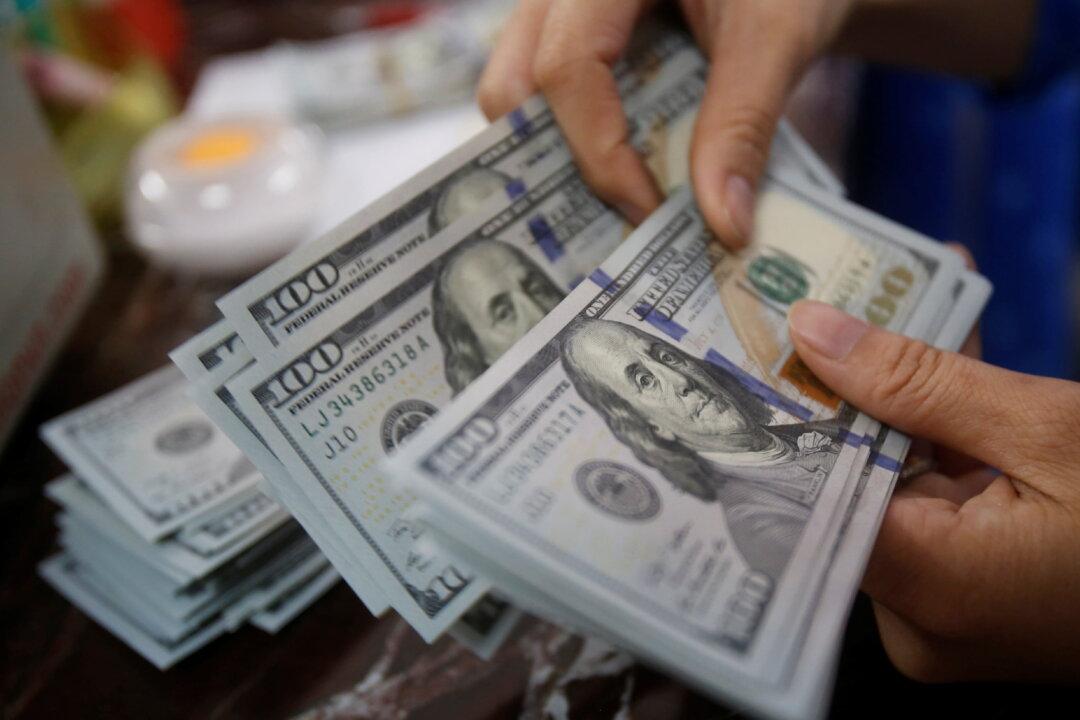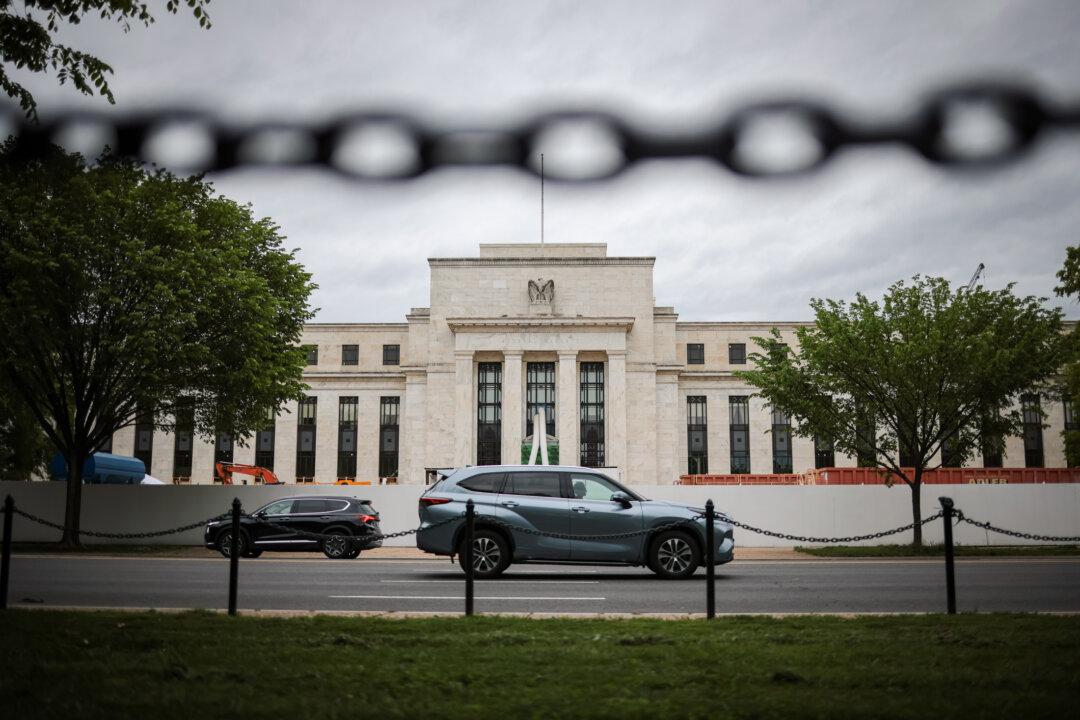Commentary
While the market was surprised by the stronger-than-expected U.S. economic data like jobs, the Purchasing Managers’ Index (PMI), and CPI, a run on the Silicon Valley Bank occurred resulted in its collapse. Ironically, some analysts were recommending banking stocks based on their interest rate hike argument. It turns out that the prices of these stocks plummeted. They seemed naïve to the extent of not knowing how banks make money. By construction, banks borrow short and lend long. The prolonged and worsening inverted yield curve has suggested banks are losers.





